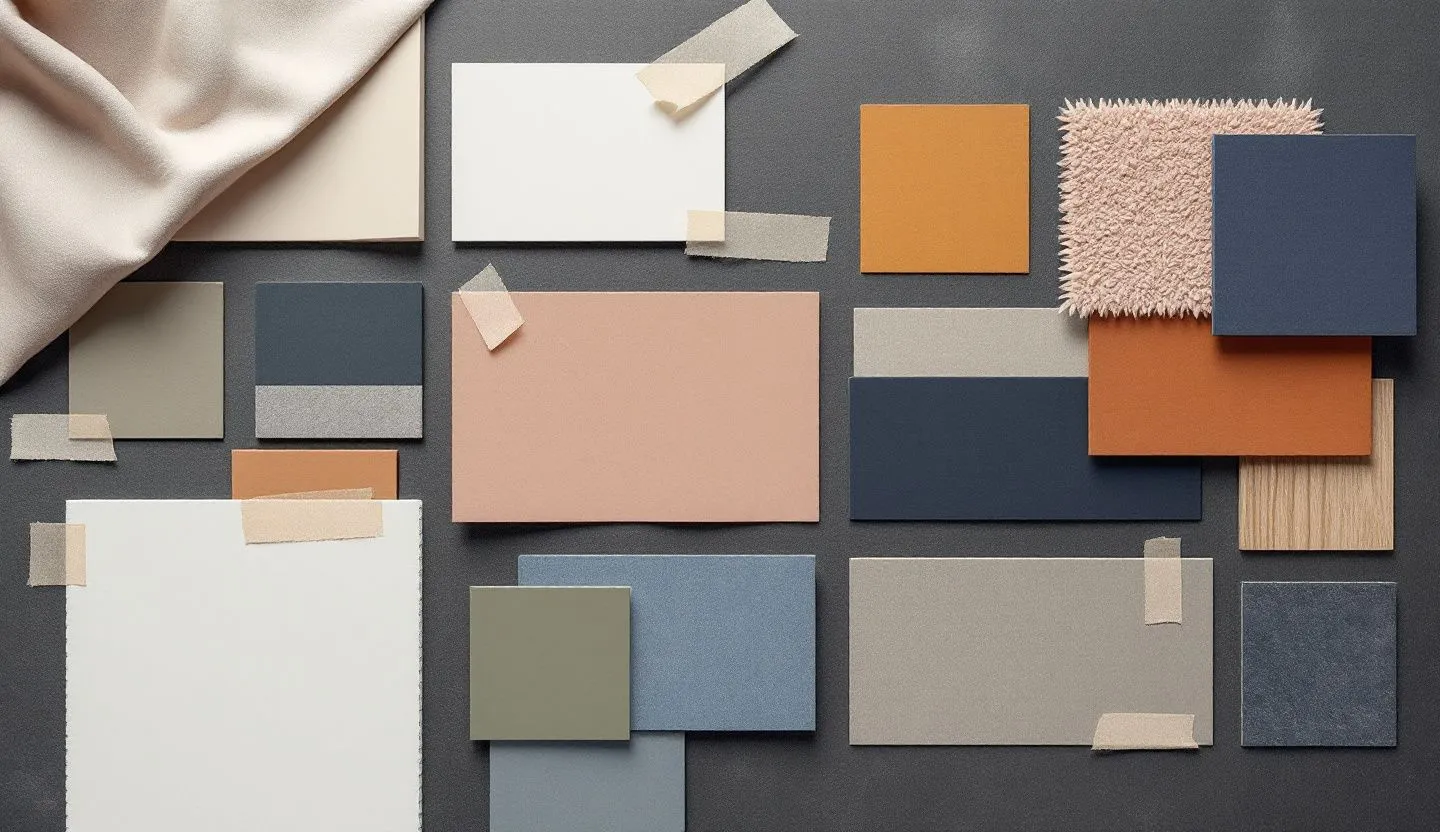Fluer vs Stable Diffusion: Commercial Asset Creation vs Experimental Art Generation
Striking the Balance Between Precision and Possibility
As artificial intelligence continues to transform creative workflows, two distinct approaches have emerged: commercial asset generation and experimental visual exploration. Platforms like Fluer cater to professionals seeking polished, brand-aligned visuals, while systems like Stable Diffusion empower artists to create open-ended, boundary-pushing artwork. This divergence raises a timely question—what defines value in AI-generated imagery: reliability or radical creativity? In this post, we’ll unpack the differences between Fluer and Stable Diffusion, exploring how each serves unique needs across industries. Whether you're a brand designer or an avant-garde illustrator, understanding these models can inform smarter tool choices. Let’s dive into the technical, aesthetic, and strategic considerations of each platform.

Understanding the Core Philosophy
Fluer and Stable Diffusion were designed with fundamentally different intentions. Fluer is engineered for commercial teams needing consistent, brand-ready assets that align with real-world constraints like lighting, composition, and storytelling. In contrast, Stable Diffusion is an open-source model that invites creative chaos—perfect for generative artists who embrace abstraction, surrealism, and experimentation. These divergent goals shape everything from prompt training datasets to output fidelity. Fluer uses proprietary visual tuning to deliver assets that can be used in campaigns, catalogs, and websites without heavy post-production. Stable Diffusion, on the other hand, thrives when breaking rules and generating unexpected outcomes. This philosophical divide determines the strengths and limitations of each platform.

Work Smarter, Not Harder with AI
Watch how Fluer helps small businesses automate marketing, branding, and content—effortlessly.Creative Control vs Predictable Output
One of the most significant distinctions between Fluer and Stable Diffusion lies in user control. Fluer provides creatives with granular control over output parameters like lighting style, focal length, and emotional tone, ensuring consistency at scale. Stable Diffusion, while offering prompt customization, often delivers outputs that vary wildly—even with minor prompt changes. For commercial teams, this unpredictability can be frustrating and time-consuming. Fluer’s trained models are optimized for repeatability, which is crucial when developing campaigns that span multiple channels or formats. Stable Diffusion, by contrast, is ideal for personal art projects or exploratory moodboarding, where deviation is embraced. Choosing the right tool depends on the type of project and desired outcome.
Visual Consistency for Branding
Brand visuals demand cohesion—and that’s where Fluer excels. Whether generating product hero shots, lifestyle scenes, or editorial photography, Fluer’s outputs are designed to align with brand guidelines and moodboards. Its fine-tuned diffusion models are trained on curated datasets emphasizing lighting, composition, and realism. Stable Diffusion, in contrast, may produce stylistically inconsistent images, making it harder to establish a unified brand narrative. For design teams working with strict visual systems, this inconsistency can be a dealbreaker. Fluer’s commercial-first approach ensures that every asset feels like it came from the same visual universe. That’s critical for scaling design across social, e-commerce, and print.

Speed and Scalability
In fast-paced environments like marketing or retail, speed matters. Fluer is designed to generate batch assets quickly with minimal manual tweaking, enabling teams to meet tight deadlines without sacrificing quality. Its interface supports iteration at scale while maintaining visual fidelity. Stable Diffusion, while endlessly customizable, often requires additional prompt engineering or third-party tools like ControlNet or inpainting apps to refine results. This slows down workflows and introduces inconsistency. If your business needs high-quality visuals at scale, Fluer’s production-ready pipeline is unmatched. It’s built for velocity, not just variety. Stable Diffusion, meanwhile, works best in slower, more exploratory creative cycles.
When to Choose Stable Diffusion
Despite its limitations in commercial use, Stable Diffusion has a powerful place in creative exploration. Artists and designers use it to prototype surreal concepts, visualize abstract thoughts, or generate moodboards for new campaigns. It’s also favored in digital art communities for pushing aesthetic boundaries. If your goal is to break norms, discover visual surprises, or explore uncharted aesthetics, Stable Diffusion offers unlimited possibilities. It’s an open playground for the imagination. Unlike Fluer, it doesn’t prioritize usability or brand fidelity—it prioritizes experimentation. This makes it perfect for early-stage ideation or personal art projects where the process is as important as the product.

Use Cases: Commercial vs Creative
- Fluer: Product marketing, branded content, e-commerce imagery, editorial assets, pitch decks
- Stable Diffusion: AI art, concept development, moodboards, game art prototyping, digital collage
Integration with Team Workflows
Enterprise teams need tools that integrate seamlessly into collaborative workflows. Fluer offers cloud-based asset management, version control, and team permissioning, making it a natural fit for agencies and in-house teams. It’s built for creative operations, not just creativity. Stable Diffusion, while powerful, often requires local setups, third-party UIs, or custom pipelines, limiting its out-of-the-box team-readiness. This makes Fluer a better fit for structured environments with shared visual goals. Stable Diffusion thrives in solo or small-team environments where experimentation outweighs consistency. The choice depends on whether your team needs creative freedom or operational efficiency.
Conclusion: Choosing the Right Tool for the Job
The debate between Fluer and Stable Diffusion isn’t about which tool is better—it’s about which tool is better for your goals. Fluer thrives in environments where consistency, speed, and commercial viability are paramount. Its outputs are designed to meet the demands of professional teams that need brand-safe, campaign-ready visuals. On the other hand, Stable Diffusion is a sandbox for artists and creators who want to experiment freely, without creative constraints. It excels in scenarios where unpredictability and uniqueness are assets, not liabilities. Both tools offer immense value—but in different contexts.
As AI image generation continues to evolve, understanding the intent behind each platform is key. Fluer is a production engine for commercial creatives; Stable Diffusion is a muse for imaginative exploration. There’s power in both precision and play. For businesses looking to scale content creation, Fluer provides control and quality. For individuals seeking artistic freedom, Stable Diffusion opens up new visual frontiers. The future of AI-generated imagery lies not in choosing one over the other, but in knowing when—and how—to use each effectively.


